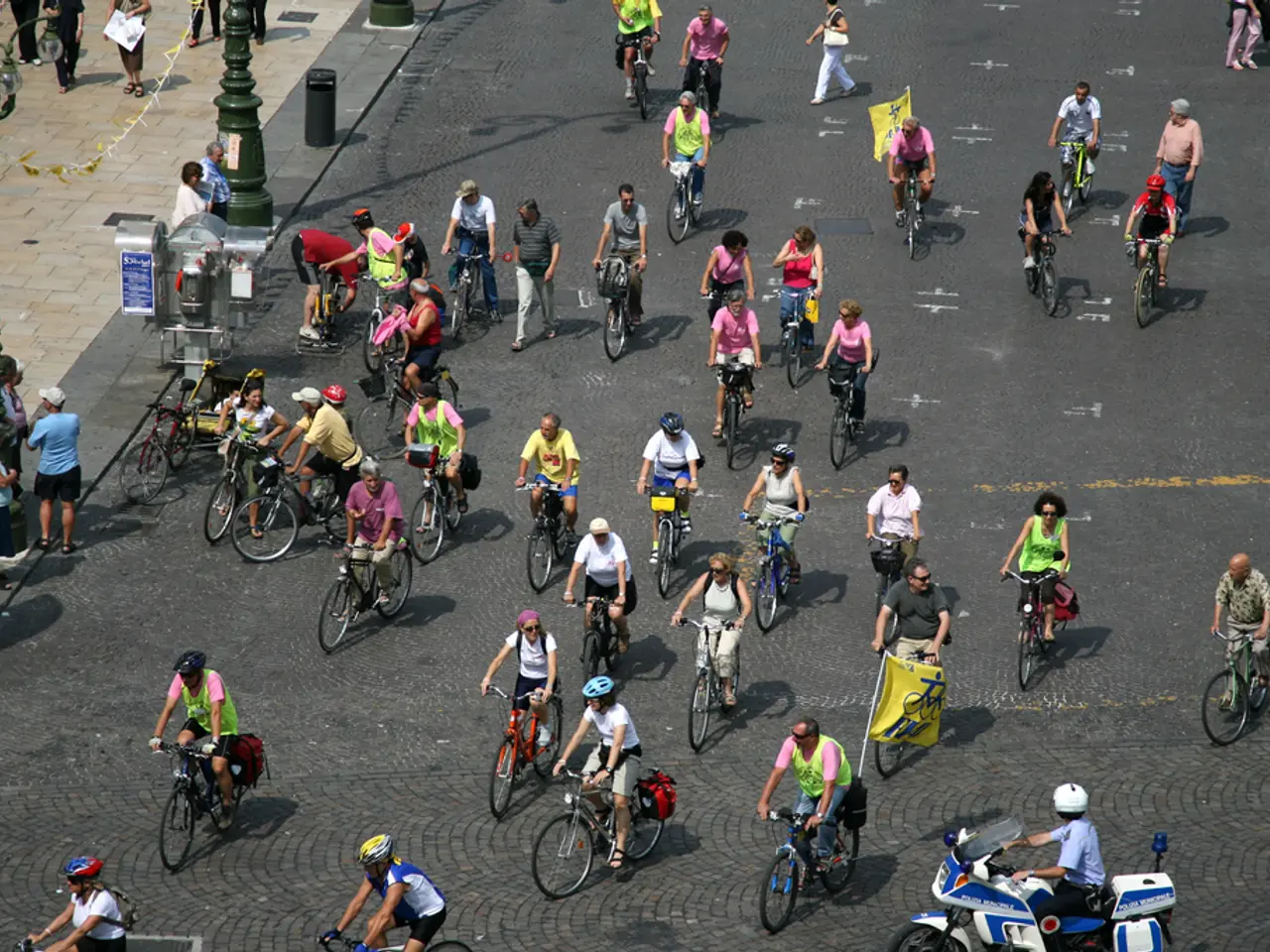Cycling for Everyone: Strategies to Ensure Affordability and Accessibility for Cyclists of All Abilities Levels
In cities across the globe, the importance of accessible and inclusive cycling infrastructure is being recognised more than ever. From Copenhagen to Bath, urban planners are working to create cycle routes that cater to the needs of all cyclists, including those with disabilities.
In Denmark and the Netherlands, disabled-friendly cycle infrastructure is becoming a norm. Copenhagen, for instance, has reserved parking spots for disabled cyclists, while the city of Bath has colour-coded bicycle routes for non-standard bikes, designed to guide riders on paths suitable for various types of bicycles.
To ensure these cycle paths are truly inclusive, they should be step-free, wide (at least 1.5m), uninterrupted, and barrier-free. Surfaces should be even, and traffic lights should be prolonged for disabled cyclists who may need more momentum to set off. Signs should also be visible to those on lower cycles, and an alternative safe route should be identified if a cycle lane is closed.
Bike locks should be usable for non-standard bikes, with examples being half height stands or ground fixings. Bollards on cycle paths should be wide enough for non-standard cycles to pass through, ensuring that these infrastructure decisions do not inadvertently remove the independence that cycling provides for disabled individuals.
Unintentional infrastructure decisions can often be exclusionary. Placing signs too high, implementing steps up to cycle tracks, and fixing bollards on cycle routes are examples of such mishaps. The 'dismount' sign is one such example, potentially nullifying a disabled individual's chances of getting out and enjoying exercise.
The charity Wheels for Wellbeing has taken the lead in creating the first detailed guidance on how to make cycling infrastructure suitable for disabled cyclists. In Portland, the original bike share scheme did not cater to disabled people, leading to the creation of Adaptive Biketown, a rental scheme for disabled individuals to rent adapted cycles.
In London, 12% of disabled people cycle around the city, comparable to 17% of the non-disabled population. In the Netherlands, children are taught at school that wheelchair users are cyclists, demonstrating a society that truly values inclusivity in cycling.
Creating inclusive cycling infrastructure requires urban planners to avoid discounting those who cannot dismount. By implementing simple, straightforward changes, we can create cycle routes that can be appreciated by all cycle users, fostering a more inclusive and accessible city for everyone.
Read also:
- Understanding Hemorrhagic Gastroenteritis: Key Facts
- Stopping Osteoporosis Treatment: Timeline Considerations
- Expanded Community Health Involvement by CK Birla Hospitals, Jaipur, Maintained Through Consistent Outreach Programs Across Rajasthan
- Abdominal Fat Accumulation: Causes and Strategies for Reduction




